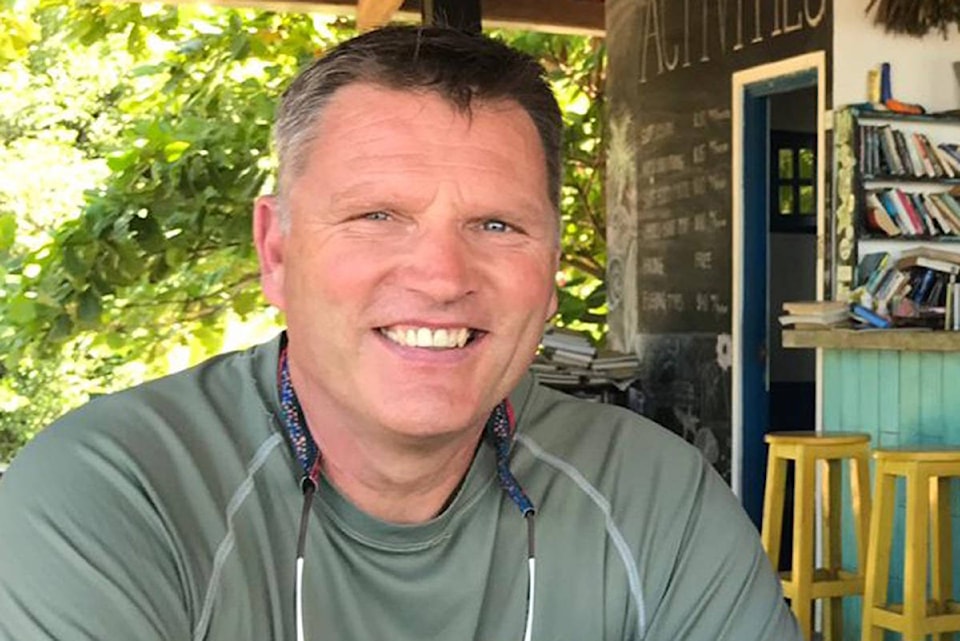This season we have been lucky with some incredible weather and it’s clear that hiking season is in full swing.
Realistically, in British Columbia, one can hike year round but with the warm spring temperatures, the mountain passes became more accessible earlier, and hikers were heading out into the deeper and steeper terrain.
Before you start getting out and exploring the amazing backyard that the Fraser Valley has to offer, let’s sit back and talk about injury prevention. Having been a local physiotherapist and avid hiker for over 30 years, I would like to share a few life/work lessons to make sure your hiking experiences are happy ones for the entire season and many years to come. By being smart about what we do now, we can hopefully achieve more in the long term!
There are a few things that you should consider:
1. Get in hiking shape first by prepping yourself phy sically. This can simply be going on walks around the neighbourhood for longer periods of time, around an hour. After a few times around the block, add some hill repeats into your program. Stairs are also a great addition, lucky enough Promontory has a few sets for you to try.
2. Shoes! Good supportive shoes with a firm heel cup so your ankles and their muscles have to do less overtime work to balance on uneven terrain. Look for good shock absorbing qualities so there is less pressure on the joints. Proper size is also a must. Trust me, many have done hikes on plastic flip-flops or boat shoes and suffered for weeks after so please do ensure you wear proper shoes. Tighten your shoes laces properly; tighten them more for downhill and a little less tight for uphill but still a snug fit. By tightening them, you give yourself more stability in the ankle joint, which means less extra work for the muscles and less pressure on the knee and hips joints.
3. If you have to tackle a steep uphill or downhill part of the trail, traverse zig-zag, sideways or ess-shaped rather than tackling it straight on. This is essentially just making your own mini-switchbacks on wide trails and will constantly change the loading of your joints and reduce the chance of creating an overuse injury.
4. Change socks halfway. Dry socks reduce the chance of blisters and we all know how quickly blisters can ruin a good trip.
5. Stay hydrated to avoid cramping up. This is especially true on hot days. Water is most likely enough, but if you are out for long hours then a drink with electrolytes can be beneficial to replenish what you lose over time.
6. Last but not least, the benefits for using hiking poles!
a: Less loading on your knees. According to a study published on pub-med.gov, the compressive forces endured by the knees during downhill walking were three to four times greater when compared to level walking. Using poles can reduce the pressure on your hips, ankles and knees by 20 to 30 per cent during the hike. A few things come into play. First, you are unloading some of your body weight on your arms. Second, you are hiking more in an upright position, which is more an efficient way of loading the lower extremity joints. Third, by using the poles, you are more balanced, so your joints are taking less sideways pressure and therefore less strain, especially on the ankle and knees and also some into the hips.
b: They encourage core muscle usage because when pushing off with your poles you engage those core muscles at the same time automatically. Nice!
c: Using the poles can help fall prevention.
d: They will increase your walking tolerance and speed due to reduced pain and better efficiency.
e: To enjoy hiking for a long time, make sure you use them properly. This means about a 90 degrees bend in the elbow if you grip them with the ends touching the ground. Lower them a little when going uphill and extend them when going downhill. It will all depend on how steep the trail is of course.
Remmert Hinlopen is the owner and is a registered physiotherapist at FusionPhysio Chilliwack, www.fusionphysiochilliwack.com.
